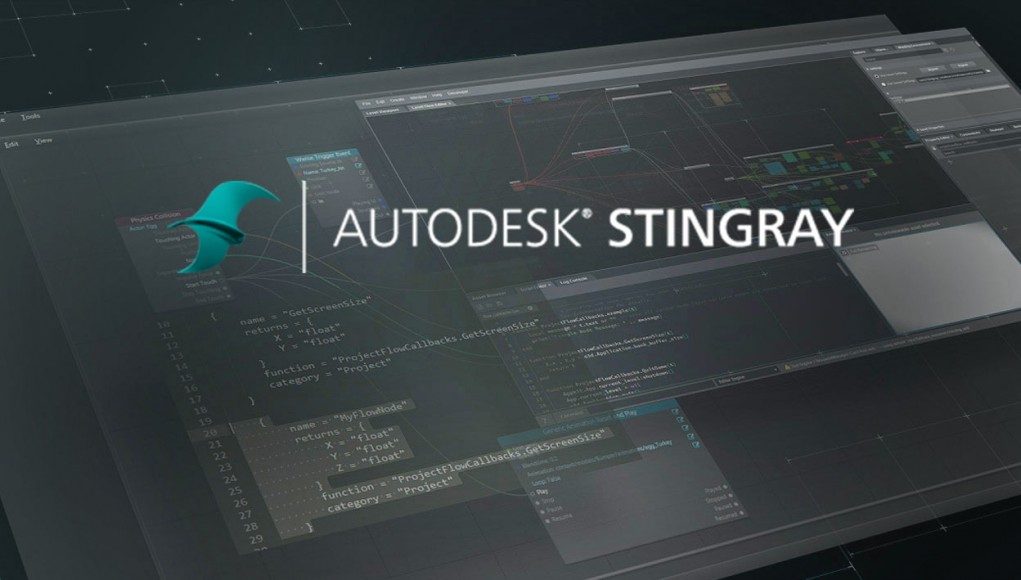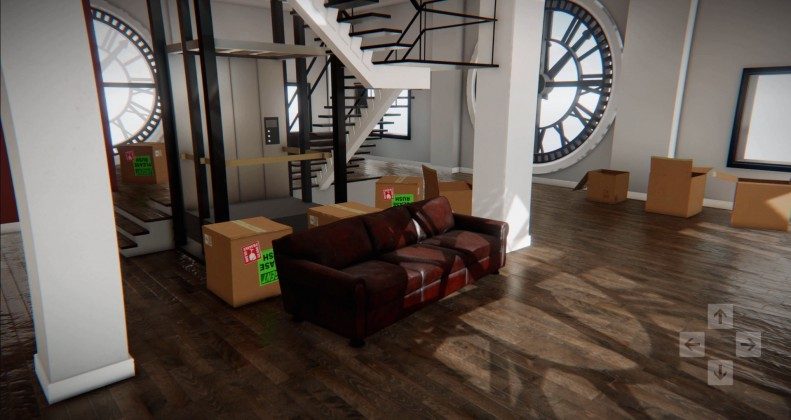At GDC Europe 2015, Autodesk has announced that their new Stingray game engine will launch worldwide on August 19th. The engine will support the Oculus Rift VR headset out of the box.
Autodesk is the maker of industry standard computer visualization tools for architecture, engineering, CGI and more, including programs like Maya and 3ds Max, software well known to the entertainment and gaming industries for modeling and animating capabilities. While it would be common to see Autodesk programs used somewhere along the game-making pipeline, assets from the software would ultimately be exported for use in a game engine like Unity or Unreal Engine.
With Stingray, Autodesk wants to reclaim that end step and provide a system for creating and publishing games using assets from their software. The pitch to game developers is of course that Stingray will provide seamless interoperability with other Autodesk programs, with “one-click workflow and live link,” according to the company.
When Stingray launches, it will support the Oculus Rift DK2 out of the box. Details on are thin, but the company lists the DK2 as one of Stingray’s platforms that will support “Deployment and Testing,” which would suggest that developers will be able to view their projects through the headset during development and publish their game in a way that’s compatible with the headset.
Other supported platforms include iOS, Android, Windows 7 & 8, PlayStation 4, and Xbox One. The list notably excludes Mac OSX.
Autodesk says that Stingray features modern rendering features like physically-based shading, advanced particle effects, global illumination, and screen-space effects, along with integrated systems for lightning, animation, AI navigation, UI, audio, and physics.
Stingray will be available through the Autodesk Subscription at $30/month and later become available to those with a Maya LT Desktop Subscription. Stingray joins other major game engines like Unity, Unreal Engine 4, and CryEngine, all which feature support for the Oculus Rift.












